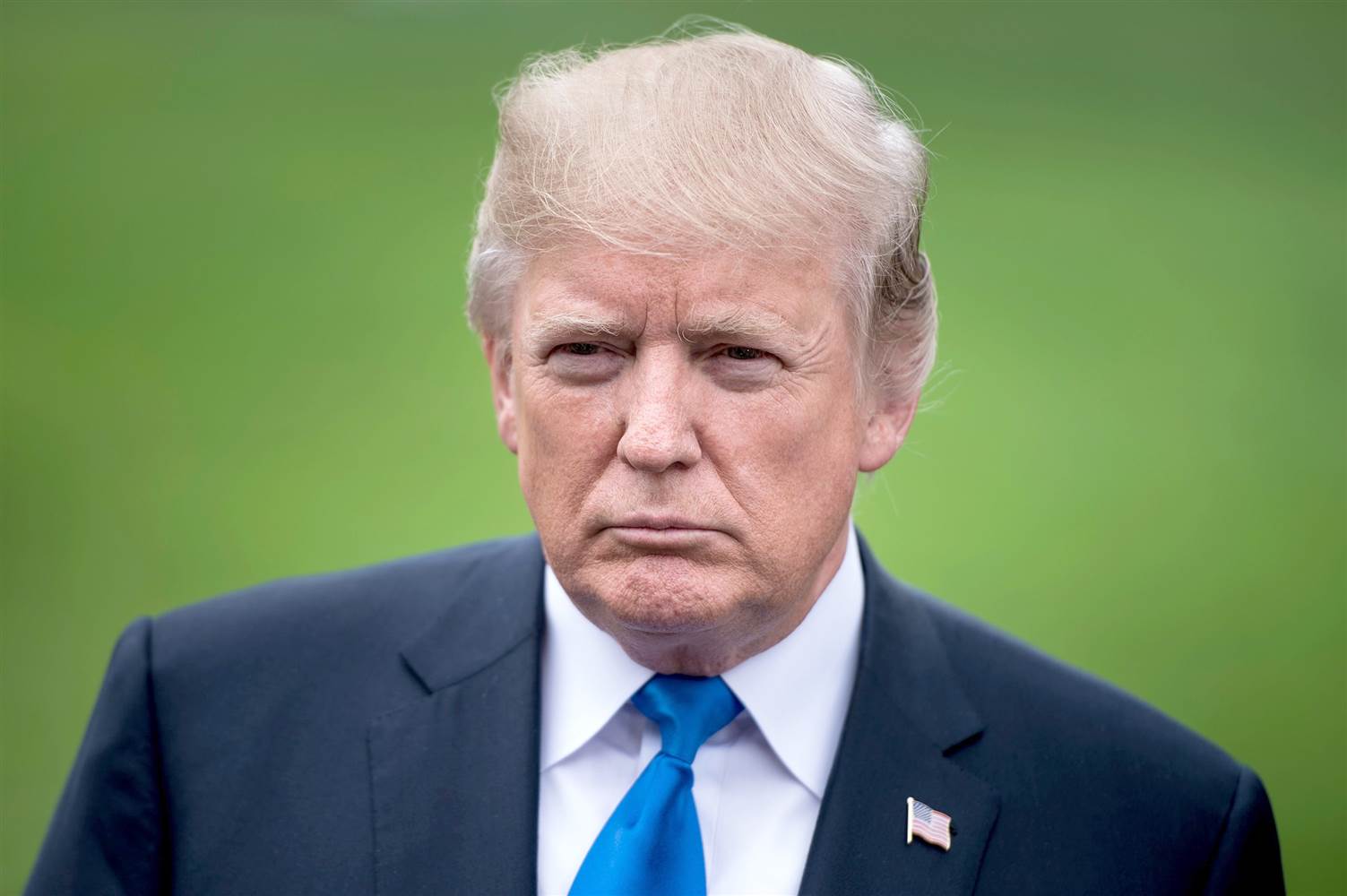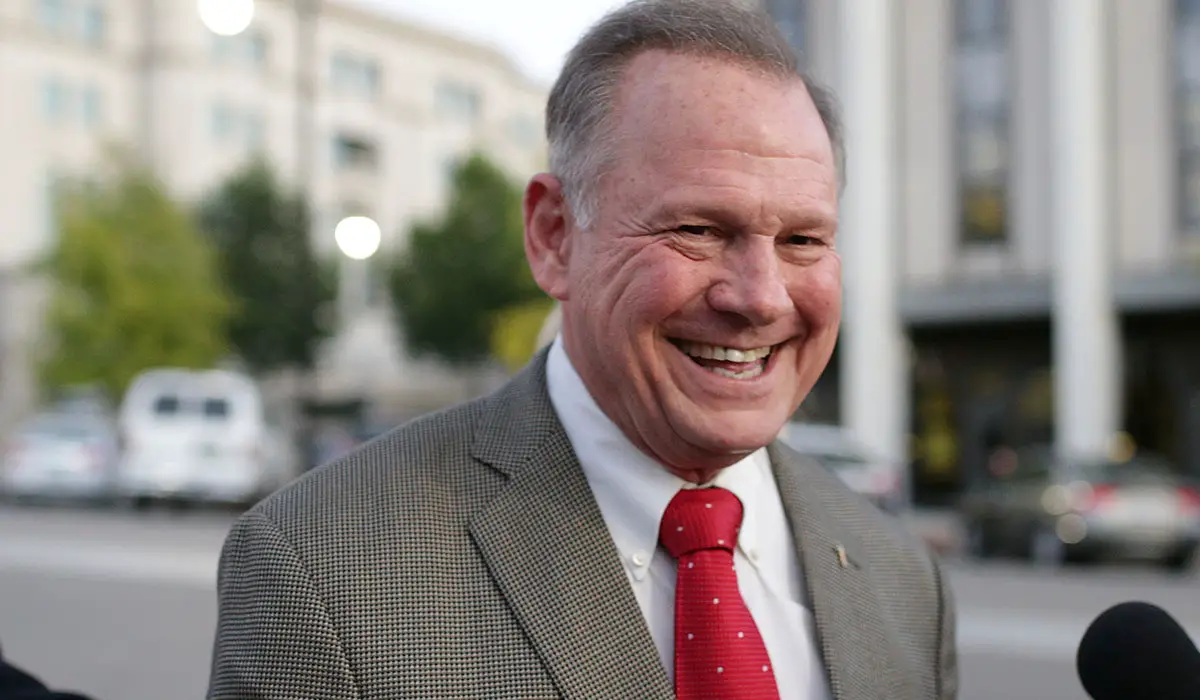Anyone who’s been paying attention throughout this midterm cycle knows that it feels significantly different from those of the past several years. Both voters and candidates seem to be energized by a general disdain for President Trump, feelings of frustration towards incumbent members of Congress and various activist campaigns directed towards discouraging voter apathy.
This has been especially true for women, who are running for office in astonishingly high numbers in what is being referred to as “the pink wave.”
After the August 14 primaries, the number of women nominated for Congress by both parties set a new record in each chamber with 197 running for the House of Representatives and 19 running for the Senate. Nine state primaries still remain, meaning that those numbers could easily become even higher before election day on November 6.
But looking closer at those figures reveals that the overwhelming majority of these women are Democrats, making it easy to wonder why the GOP isn’t cashing in on the fervor surrounding the midterms.
The difference shouldn’t be surprising for a lot of reasons. Democratic women already outnumber women in the GOP in both the House of Representatives and Senate, and they’ve been able to use Trump’s record of sexist comments to their advantage.

At the same time, sexual harassment scandals, including several accusations against the president himself and other members of Congress, and the #MeToo movement have sparked strong reactions from women who want to have a part in changing the culture of the country and feel that running for office is the best way to do so.
But at a time when the political climate appears to be more welcoming to women, Republican female candidates are finding themselves in a particularly precarious situation. Those in more conservative pro-Trump districts are struggling to appease their constituents’ support for the president because of their own records of opposition towards his controversial remarks about women.
Martha Roby of Alabama, who called for Trump to “step aside” and said she wouldn’t vote for him after “Access Hollywood” released footage of Trump bragging about groping women, narrowly won her House primary in a runoff against a pro-Trump opponent. Back in 2016, she won her primary with a powerful 64 percent of the vote.
Looking beyond this election cycle, however, makes it clear that this isn’t an issue that is isolated to the Trump administration. Some might say that the difference in female candidates between the parties has something to do with the fact that the GOP has a statistically stronger standing with men than with women.
But the problem is rooted in the failure of the party institution to actively kick start its own pink wave. While Democrats have groups to support women running for office for the first time like Emerge America and Emily’s List, the GOP has struggled with finding comparable resources for their own groups and mobilizing their female members in the same way.
That’s because doing so would require an embrace of identity politics, which the Republican Party has historically tried to avoid.
Regardless of what some might like to think, things like race, ethnicity and gender play a strong role in how people vote and participate in politics. The GOP tends to criticize the idea of identity politics because they think it distracts from the issues America faces.
After all, shouldn’t they concern everyone? When speaking with PBS, GOP strategist Jennifer Hallowell asserted that she rejects the “whole notion of women’s issues” because “every issue is a women’s issue.” Corrie Meyer, a state senate candidate in Indiana, echoed that sentiment when she said that she is qualified for the position regardless of her gender.
To be clear, this sort of thinking isn’t necessarily wrong. It makes sense to assume that general issues like the economy and public health concern everyone. But there are just some issues, many of which branch off from those general topics, that affect certain groups more than others, and women are no exception to that.
Problems related to reproductive health, childcare, sexual harassment and pay inequality disproportionately affect women compared to men, yet it’s generally male lawmakers who address them. Democrats take that problem and use it as a way to encourage women to become more politically active through mobilizing and running for office.
But the GOP establishment has hesitated to do the same. Whether it realizes it or not, the party has a strong weapon in its female candidates and constituents. But these women will find it difficult to get their foot in the door that when the party establishment doesn’t do much to open it for them.
The lack of support for female candidates from the GOP establishment doesn’t do anything to help change its long-held image of being a club of “good ol’ boys.” In 2016, it had a rare opportunity to choose its presidential nominee from a pool of 17 qualified conservative candidates and yet it chose Donald Trump, who was particularly notorious for his disparaging comments about women. He won the election even after the release of the “Access Hollywood” tapes.
In late 2017, Republican voters in Alabama nominated Roy Moore, a Trump-endorsed candidate, for the state’s open Senate seat even after allegations surfaced that he had been in relationships with underage girls several decades earlier. He eventually lost the race to Democrat Doug Jones by less than two percentage points.

It’s instances like these that make the GOP look as though it hasn’t changed with the times. And in many ways, that’s true. Perhaps some of the older members of the GOP don’t see a problem with ignoring the sexist tendencies of some of its candidates or don’t think that it’s necessary to encourage women to be more active in the party. But until that attitude goes away, the party is only holding itself back by sidelining the very women that could make it great again.
The party has found itself at a crossroads and it doesn’t quite know where to turn. If it’s going to have the same sort of success that Democrats are having with women jumping at the opportunity to run for office, then it has to actually invest in helping them do so.
It has to reverse its predominantly male image and market itself as being a party that welcomes and respects those who want to help advance the conservative agenda. While it might be a bit too late for the midterms, the party could set itself up for widespread, long-term success by undergoing a feminine facelift.
It’s fair to assume that there are countless numbers of conservative women in America who want to make a difference and would make incredible leaders. But if the GOP is not willing to change, if it doesn’t want to help these women win, then the tone of this midterm cycle might just become the new norm.

















